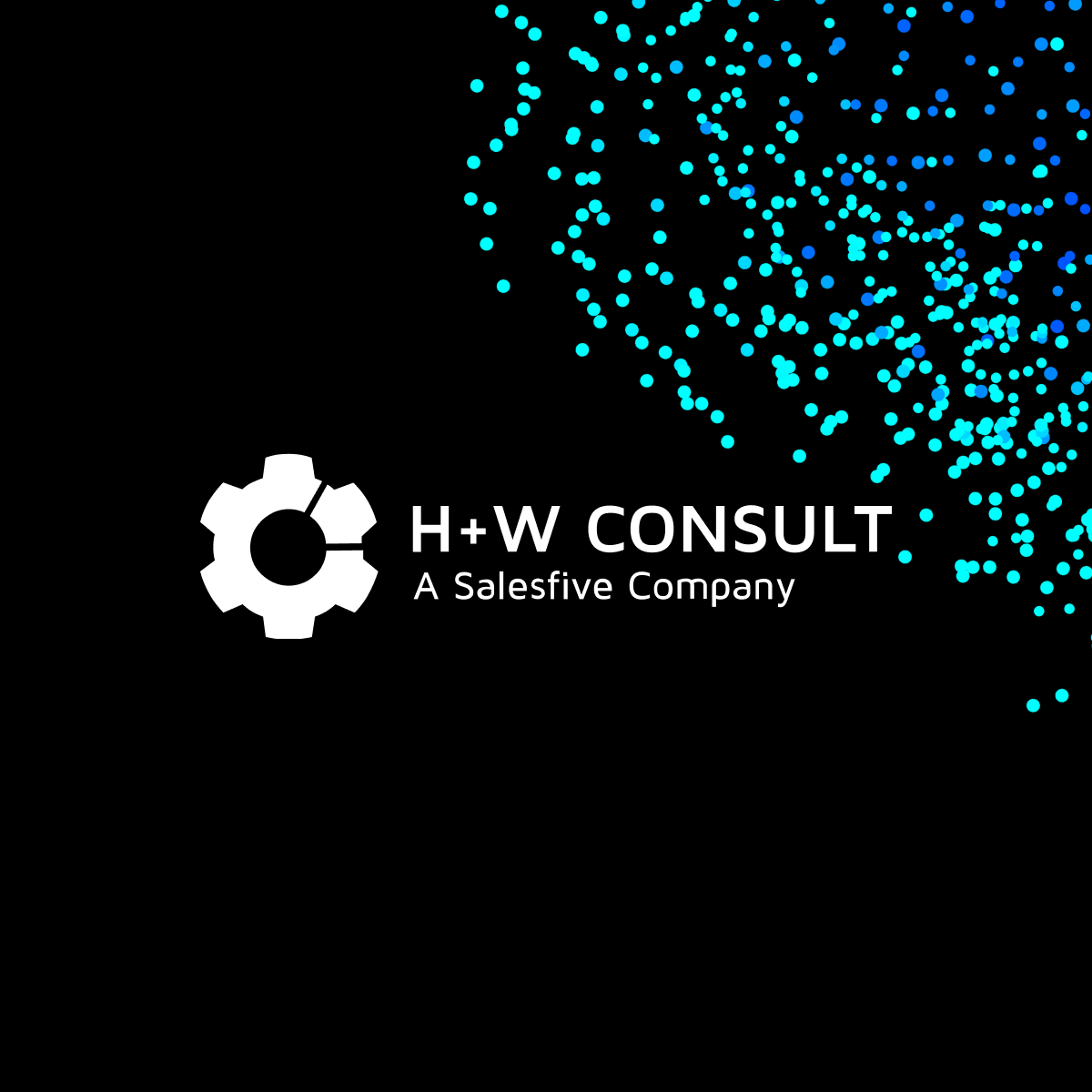Short and sweet
Many factors can influence why Salesforce is underused by your employees. We recommend "getting it right" right from the start. That means finding an implementation partner who understands you and your challenges, and whom you trust. This decision can play a decisive role in how the system is accepted and used by users. The next step is to involve your employees in the Salesforce implementation and rollout process. This is only logical - after all, they are the ones who have to get to grips with the system after go-live. We speak from experience when we tell you that the reality is often different and employees are often left out.
The keyword is: Change Management! This includes all tasks, measures, and activities that are intended to bring about a comprehensive, cross-departmental, and far-reaching change - to implement new strategies, structures, systems, processes, or behaviors - in an organization. If we now apply this to your problem, namely that Salesforce is not being used sufficiently in the company, we come to the topic of usability and user experience.
The Salesfive Health Check
Health Check - What is it? As described at the beginning of this post, it can sometimes take time to measure an ROI for your Salesforce system. Salesforce, like any software, needs a health check from time to time. Often, you don't realize until months after go live where bugs are showing up and where adjustments still need to be made. This is where the Salesfive Health Check comes in. Thanks to three different dimensions, we calculate a health check score for you, which we use to determine measures for optimizing your system. If you wish, we can also implement these directly for you.
We analyze your system based on the following dimensions: technical system status, usability & user experience, and potential utilization.
The benefits for you are manifold: The turbo for your system is restarted, the performance is increased, unused potentials are uncovered, working in the system is optimized, user acceptance is increased, you receive concrete recommendations for action.
Of course, all of this also pays off in terms of the ROI of your Salesforce system. Once the processes have been optimized and the employees have been involved in the optimization (if the go live has already happened), you can start analyzing and measuring your Salesforce ROI.
Read now everything about our Health Check!
How can I determine the ROI?
First, start by capturing any quantitative benefits gained from departmental performance metrics, and then move on to measuring qualitative benefits, such as user adoption and customer satisfaction.
Key performance indicators by division
Distribution
Is there an increase in profit margin?
Is there an increase in sales?
How many opportunities were converted into a closed won?
Has the average order value increased?
Has the average length of the opportunity cycle decreased?
Has the time spent on productive activities been improved?
Has the time required to prepare reports been reduced?
What is the degree of accuracy of the forecasts compared to actual sales?
Is there an improvement in publishing, managing and presenting sales content?
Marketing
Is there an increase in the pipeline generated by campaigns?
Is there an increase in the overall volume of inbound leads?
Has the number of leads converted to opportunities been increased?
Is there a decrease in cost per lead?
Service
Does it increase the number of cases that are successfully resolved on the first call?
Does it increase the number of cases that are directed to a self-service portal?
Does the time needed to process a case decrease?
Have the overall costs of the service/support organization decreased?
How good is customer retention now? Has the time for the first response decreased?
Has the overall satisfaction of customers increased?
Has the responsiveness of customers increased overall?
Has the time for training new employees decreased?
IT
What are the total costs associated with IT?Is there an improvement in coding productivity?
Measurement of qualitative advantages
As nice as it is to measure ROI by numbers, some factors can only be analyzed qualitatively, such as user acceptance. This is strongly linked to the measurable, quantitative factors.
Because the system can only work as well as the people who are supposed to use it. The following points cannot be calculated in an Excel spreadsheet. Nevertheless, you should analyze them with the same care that you take when calculating the key performance indicators.
Improved data metrics and data quality
Improved focus on the day-to-day business instead of the technology behind it
Improved use of mobile devices for access to work
Support for organizational change
Improved business image
Ready for the next project? Let's talk!
We will be happy to assist you in an initial consultation.



